Trump’s 100% Pharma Tariff: What It Means for India and the U.S.
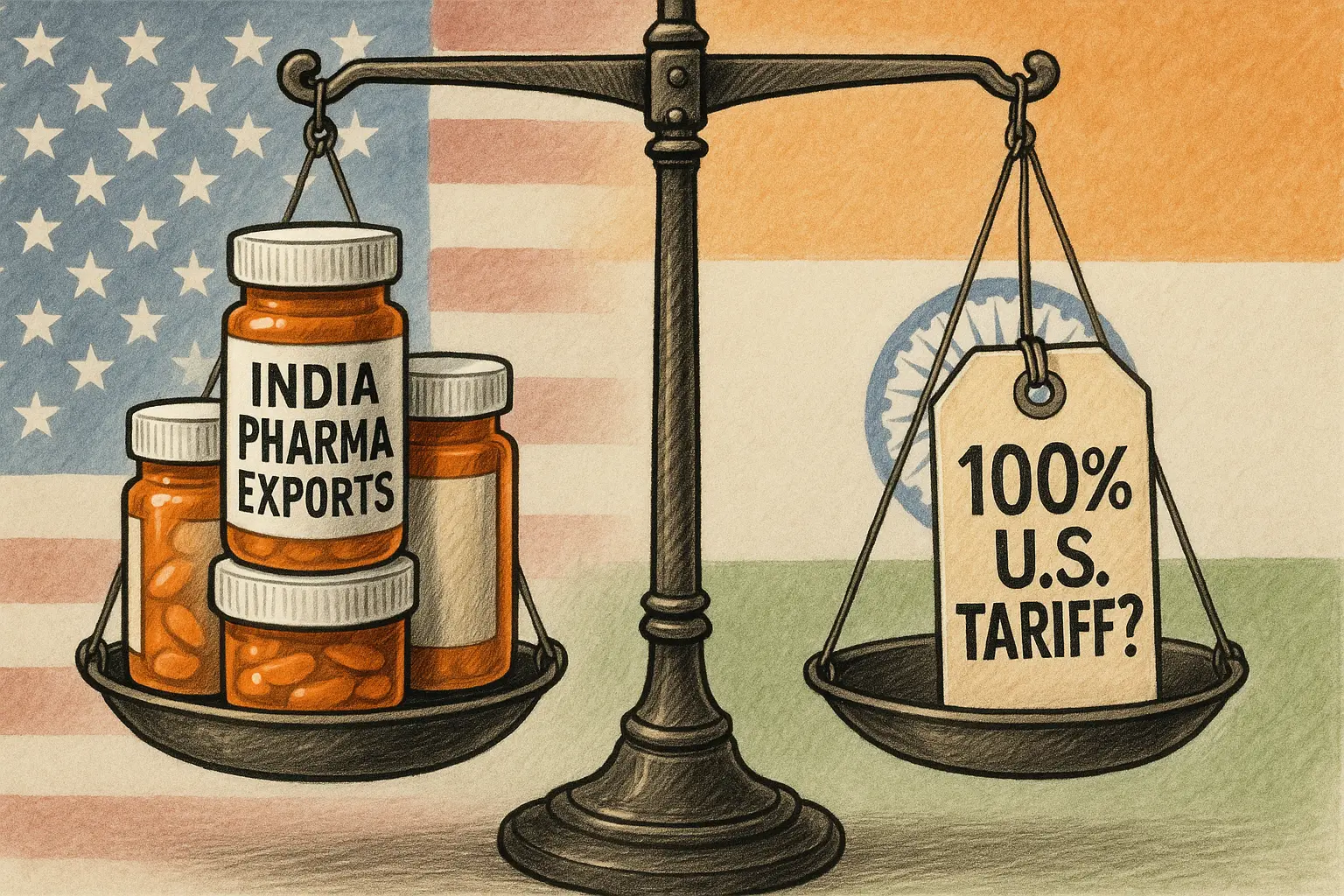
In a surprise announcement, former U.S. President Donald Trump declared a 100% tariff on imported branded and patented pharmaceutical products, effective October 1. The move has sparked concern in global pharma circles, especially in India, which is one of the world’s largest exporters of medicines. But how significant is this decision for India’s pharmaceutical sector? Will it disrupt exports, patient access, or supply chains? Let’s break down the facts and possible outcomes.
What Was Announced?
- The U.S. will impose 100% tariffs on branded and patented drugs manufactured outside the U.S.
- Generic medicines, which form the bulk of India’s pharma exports, were not explicitly mentioned.
- If Indian companies manufacture directly in the U.S., their products will not be subject to this tariff.
This measure is being justified under Section 232 of the Trade Expansion Act, which allows tariffs on grounds of “national security.” The same clause has previously been used to impose tariffs on steel and automobiles.
Why Is This Happening?
The reasoning is economic as much as political. By raising tariffs, the U.S. is pushing foreign manufacturers to set up production plants within its borders. This supports local jobs, strengthens domestic supply chains, and reduces reliance on imports.
For the U.S. government, the move is also about negotiating leverage. By putting pressure on trading partners, Washington hopes to extract concessions or encourage relocation of industries to the U.S.
Who Will Bear the Cost?
Ultimately, American patients are likely to feel the most impact.
- A drug that previously cost $1,000 will now cost $2,000 if imported under this tariff.
- Importers, hospitals, and insurers may absorb some of the price rise, but higher costs will trickle down to consumers.
- Because medicines are inelastic goods (patients cannot easily substitute or avoid them), demand is unlikely to fall sharply even with higher prices.
The Grey Areas
While the policy announcement is clear on branded and patented drugs, several areas remain uncertain:
- Branded generics: Some companies sell generics under brand names. Will these fall under tariffs?
- Contract-manufactured patented drugs: If Indian firms produce patented drugs under license, will those be taxed?
- Active Pharmaceutical Ingredients (APIs): The raw materials for drug production — will they be covered?
Final rules from the U.S. Commerce Department will clarify these points.
Impact on India’s Pharma Industry
India exported nearly $28 billion worth of pharma products in 2023–24, of which $8–9 billion went to the U.S. This makes America India’s single largest export market for medicines.
However, the silver lining:
- Most of India’s exports are generics, not patented or branded drugs.
- Unless generics are later included in the tariff, India’s overall pharma trade with the U.S. may not see a severe disruption.
That said, Indian pharma companies could still face indirect pressure:
- Stock markets: Major Indian pharma firms such as Sun Pharma, Cipla, and Lupin already saw mild declines after the announcement.
- Profit margins: Exporters may need to lower margins to remain competitive.
- Supply chain restructuring: Some companies may consider setting up manufacturing plants in the U.S. to bypass tariffs.
Potential Scenarios for India
1. Low impact scenario (10% demand drop)
- Estimated loss: ~$0.8 billion
- Manageable for the industry, given its global diversification.
2. Moderate impact scenario (50% demand drop)
- Estimated loss: ~$4 billion
- Pressure on profits and reduced competitiveness in the U.S. market.
3. Severe impact scenario (80% demand drop)
- Estimated loss: ~$6–7 billion
- Major disruption, prompting relocation of plants and strategic shifts.
U.S. Domestic Reactions
Inside the U.S., the healthcare industry is already signalling pushback:
- Hospitals and insurers fear rising costs will worsen the affordability crisis.
- Patient groups may lobby against the tariffs, arguing that higher drug prices will hurt vulnerable populations.
- Political pressure is expected, since healthcare costs are a sensitive election issue.
Diplomatic and Global Implications
India and other affected exporters could challenge the decision at the World Trade Organisation (WTO). However, the U.S. has often bypassed WTO rulings by citing national security.
Diplomatically, India is likely to lobby Washington to reconsider, highlighting the potential negative impact on U.S. patients and bilateral trade. Long-term, countries may also diversify their export markets to reduce dependence on the U.S.
What Lies Ahead?
- Short Term: Market volatility and lobbying efforts will dominate.
- Medium Term: Companies may renegotiate contracts and reconfigure supply chains.
- Long Term: Some firms could move production to the U.S., especially for patented drugs, to bypass tariffs entirely.
The uncertainty is high. Trump’s trade policy record shows that sudden reversals are possible — announcements can be rolled back under political or industry pressure.
Conclusion
The new U.S. tariff on branded and patented drugs is a significant development, but its actual impact on India may be limited since generics — the backbone of India’s exports — are not currently included. For now, the burden falls more on American patients and insurers than on Indian pharma exporters.
Disclaimer: This article is based on publicly available reports and independent analysis. Readers are encouraged to consult multiple sources for a complete picture.

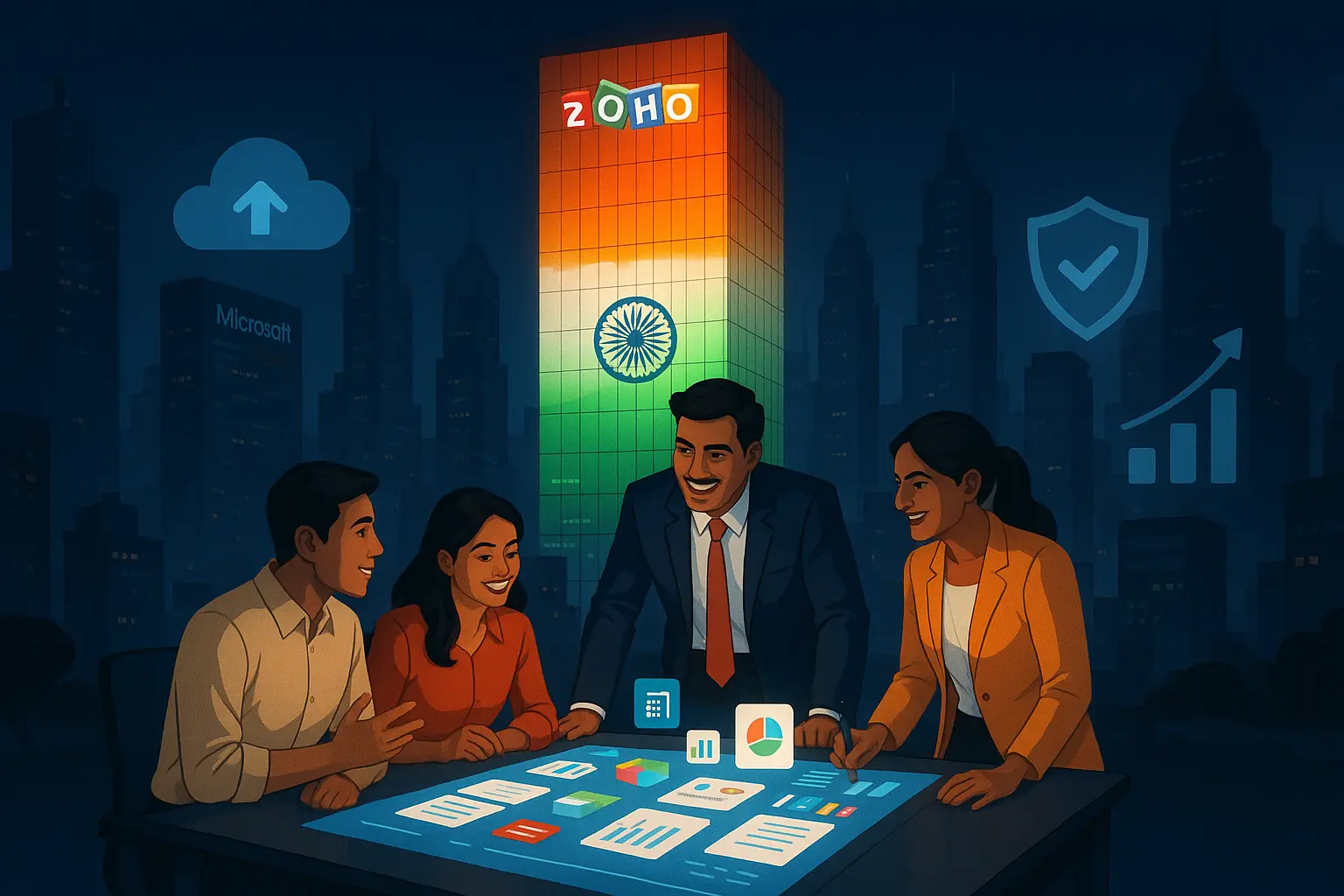

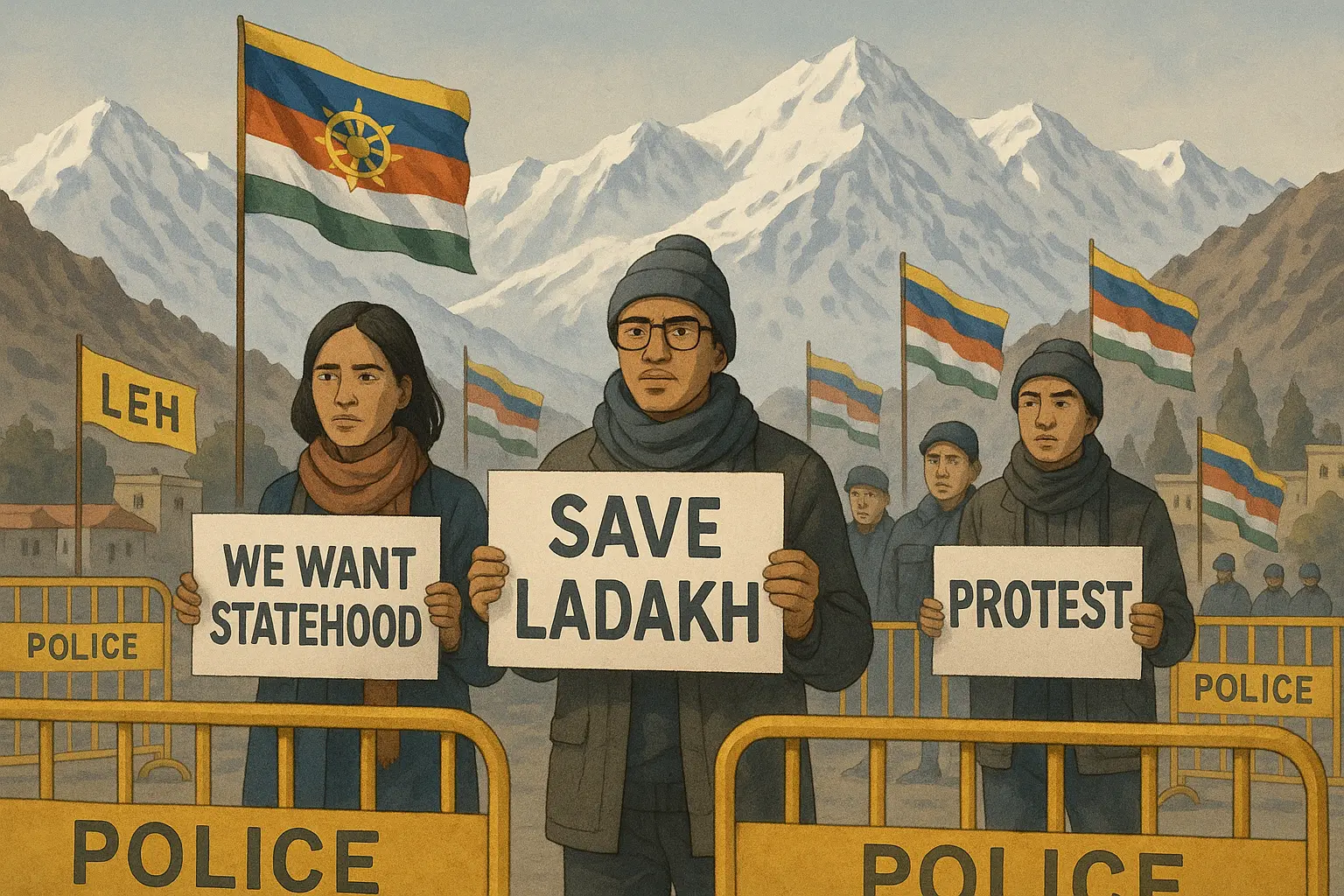
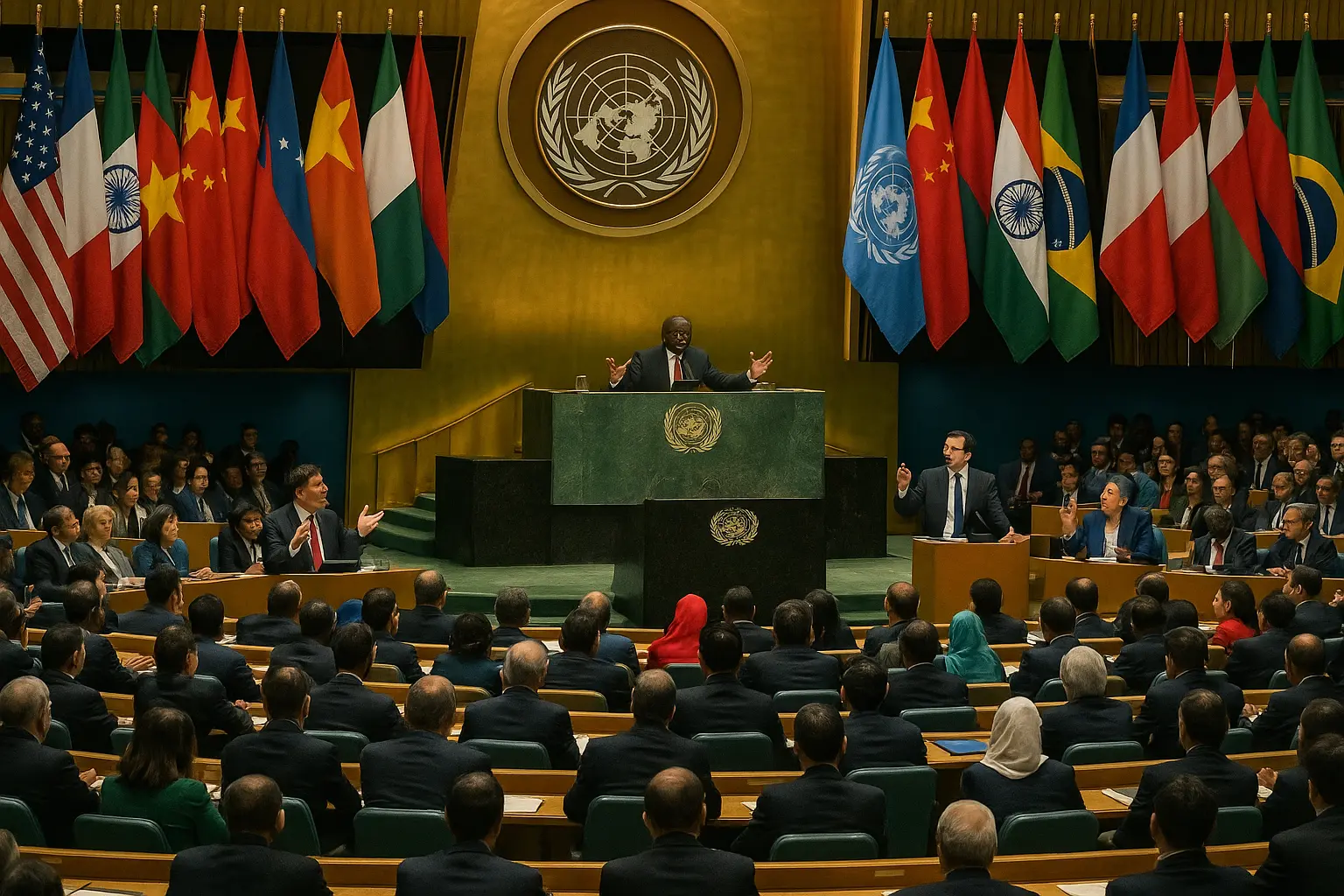
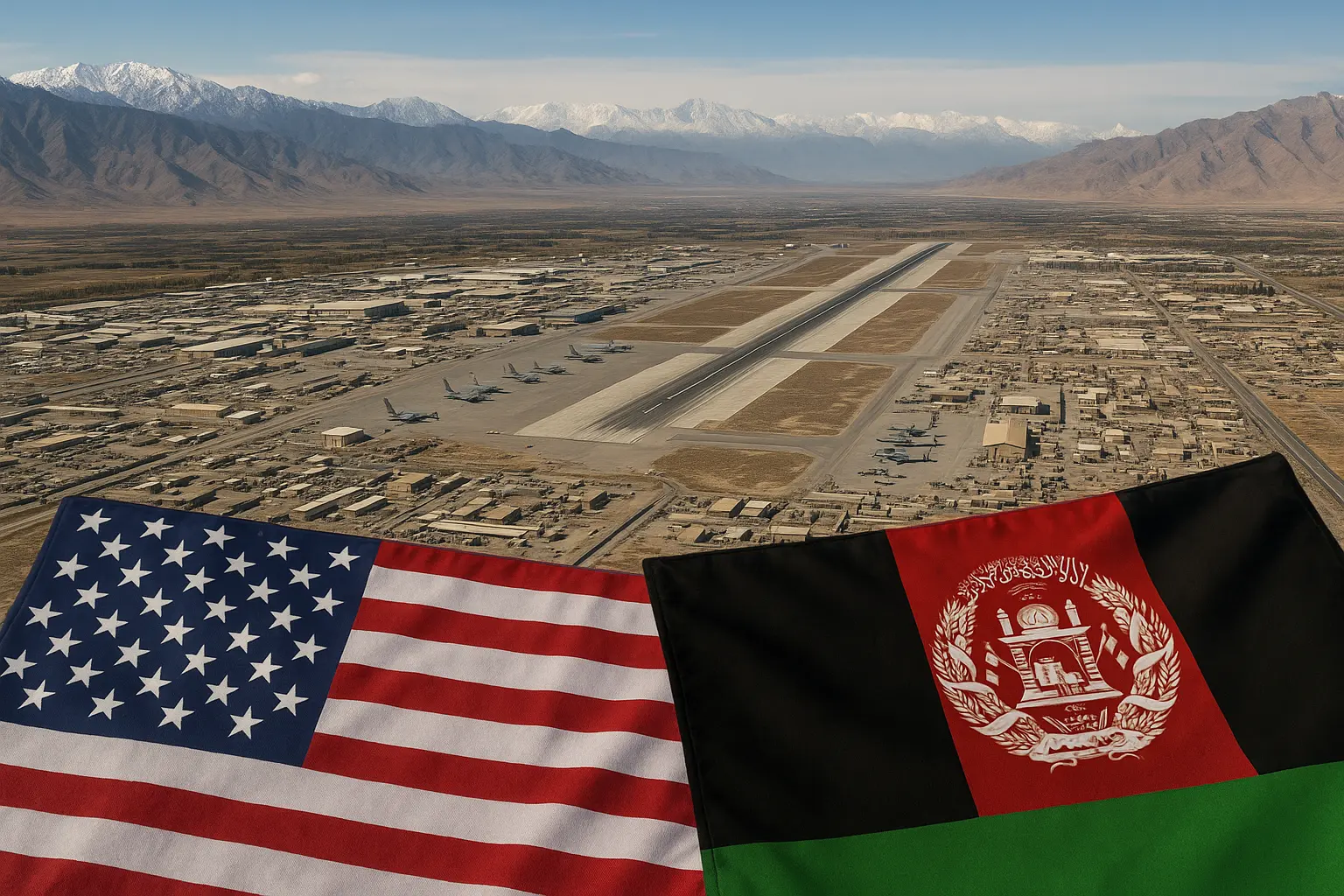
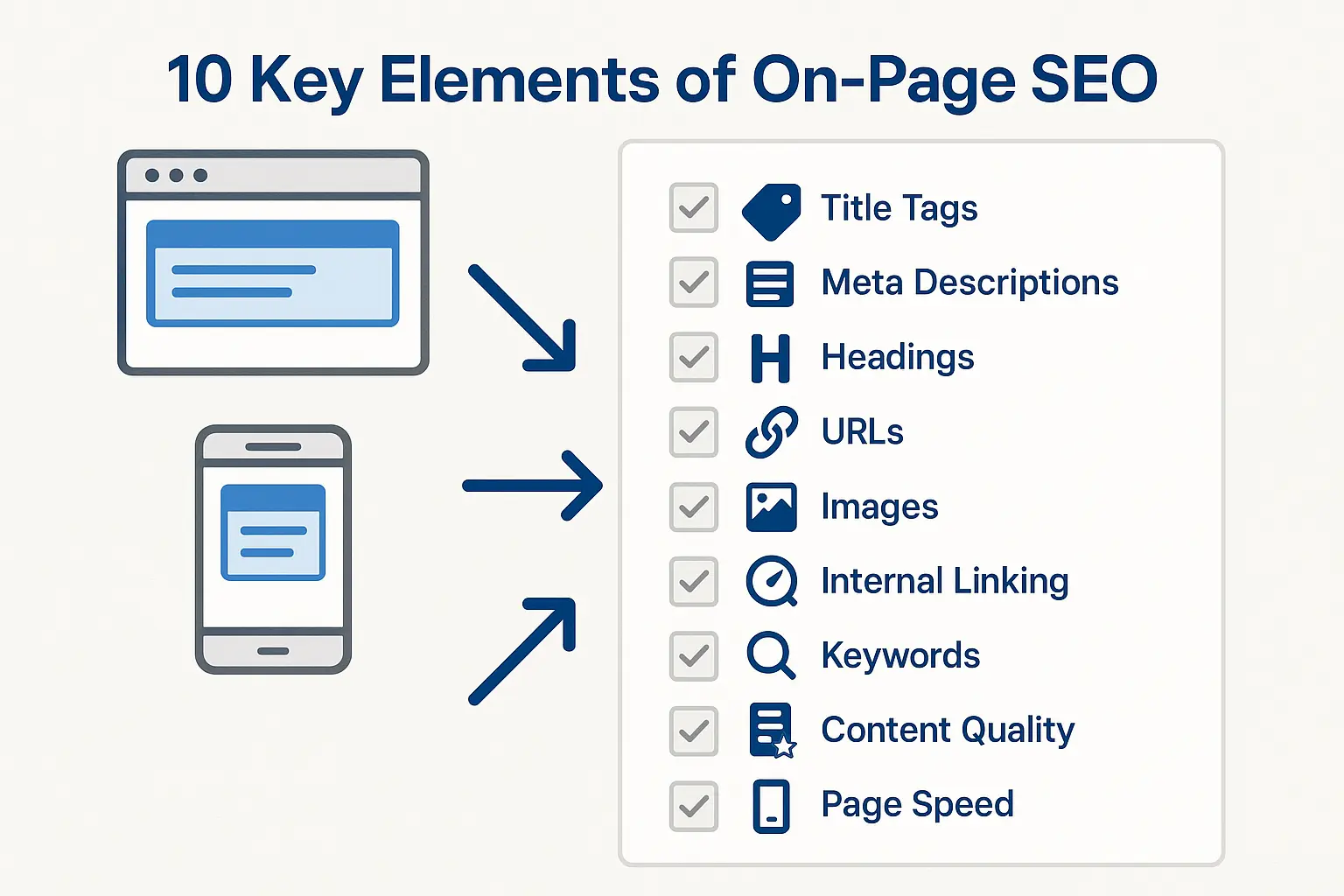
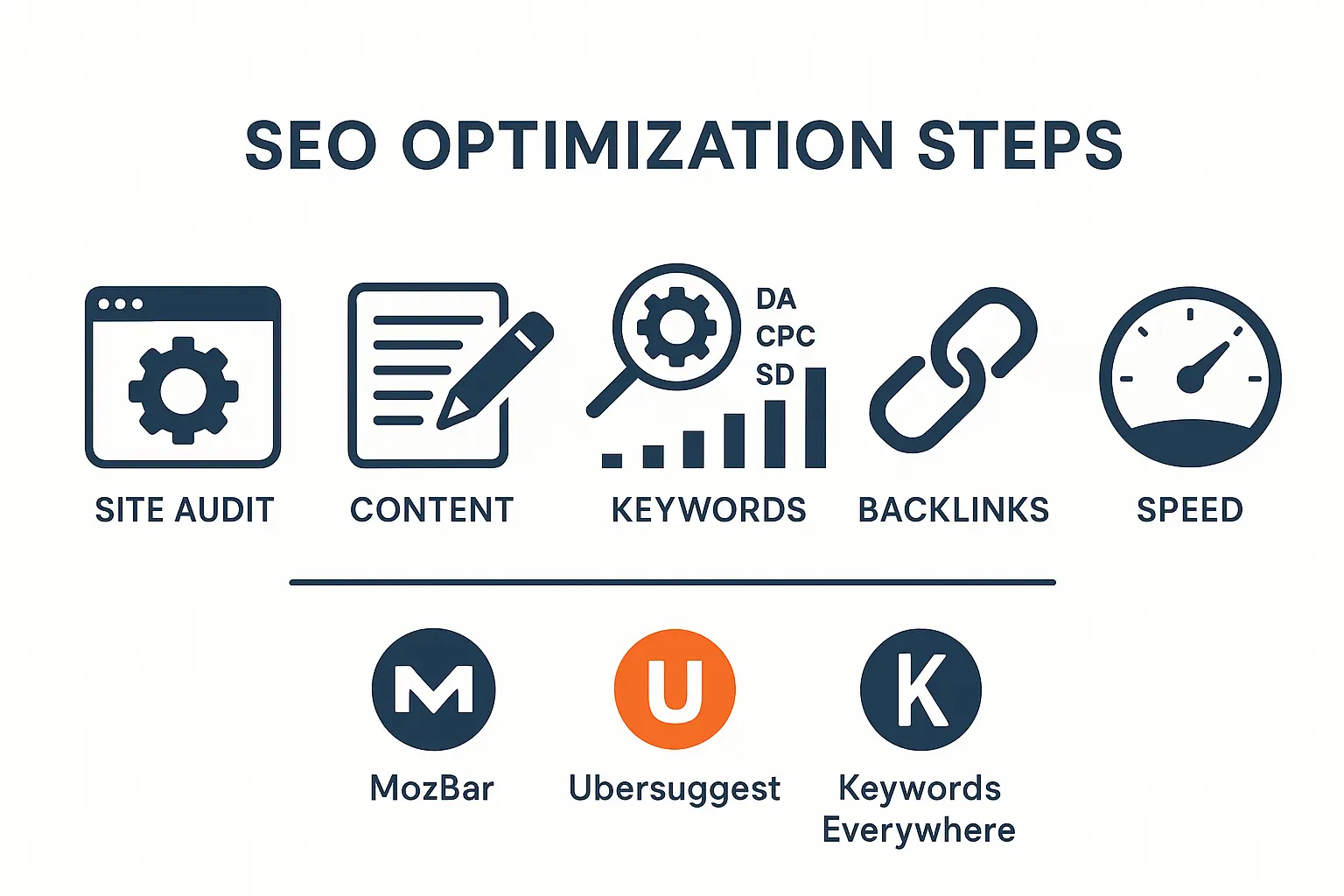
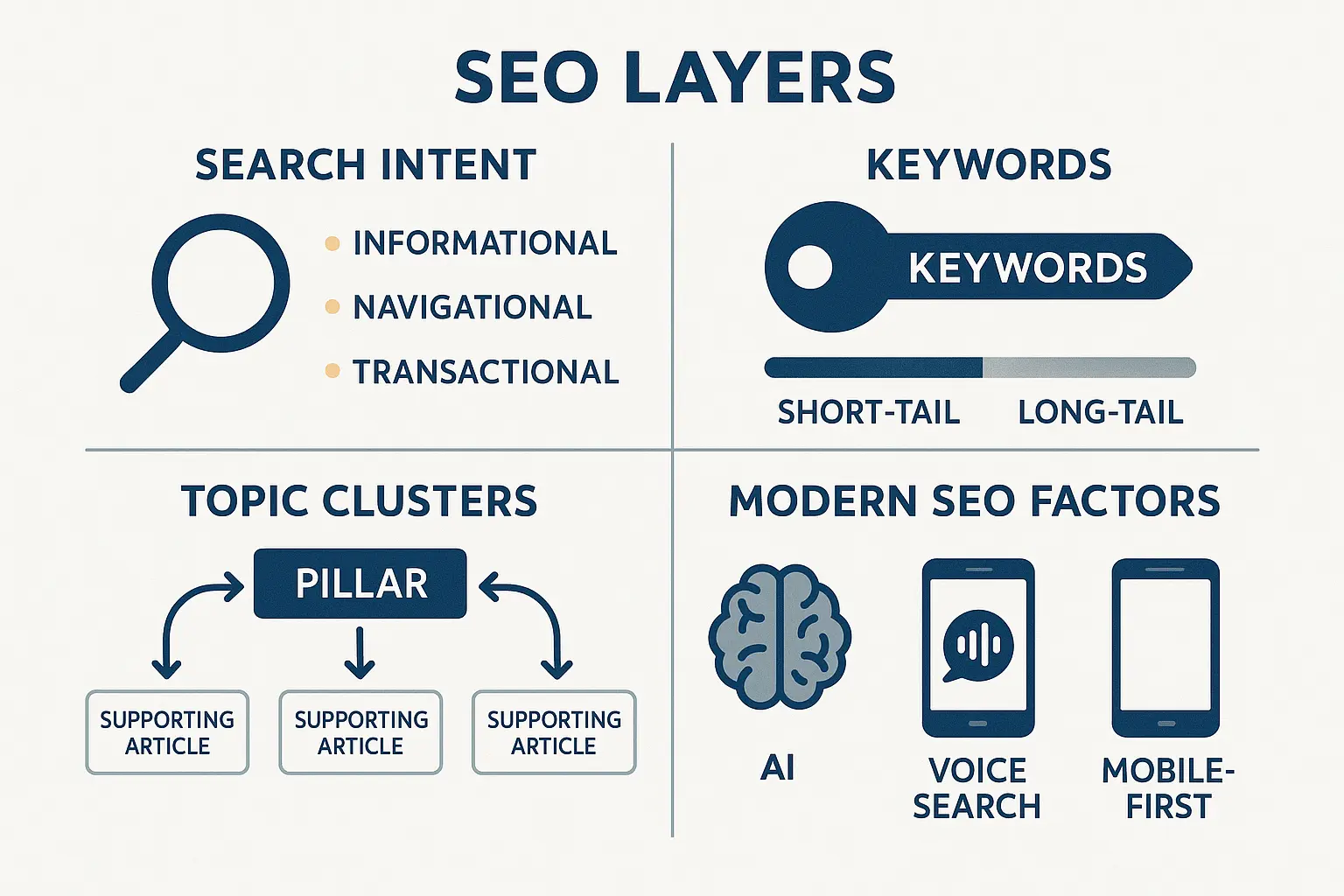
No comments yet. Be the first to comment!